Conquer Stress and Anxiety with this Deceptively Simple Breathing Exercise
Let me start by asking you a question.
What is your breathing like right now? Are you breathing slowly and deeply, all the way down into your abdomen? Or, is your breath short and shallow?
Now shift your awareness to how you are feeling. Are you happy, calm and relaxed? Or, are you feeling stressed, agitated and anxious?
I’m sure you already know that there is a real and direct link between the length, depth and pace of your breath and your state of mind.
We all know how important the breath is for life: a few moments without breathing will render a person unconscious; eight minutes will damage the brain; and fifteen minutes will result in death. But, I wonder how many of us fully appreciate how much influence our breath has on our physical, emotional, mental and spiritual well-being?
The process of breathing underpins all of the systems within the human body. The nervous system is one of these. It is responsible for a) detecting and processing sensory information and b) activating appropriate bodily responses.
In the face of a real, or perceived, threat the sympathetic (fight-or-flight) nervous system, which is part of the autonomic nervous system, is activated, resulting in an instantaneous surge of stress hormones throughout the body. These are designed to prepare the body to confront the danger (fight) or flee from the scene (flight).
We’ve all experienced that adrenaline, cortisol and norepinephrine rush: our heart starts to race, breathing becomes rapid and shallow, our blood pressure rises, the senses are heightened, the mouth becomes dry, our muscles tense up, and the non-essential functions (such as the digestive system and immune system) temporarily shut down.
When we feel safe and secure the opposite part of the nervous system - the parasympathetic system - becomes active. This sends a signal to the body to relax and unwind. Our heartbeat slows down, our breathing becomes slower and deeper, our blood pressure decreases, our muscles relax, and the blood flows away from the arms and legs and back to our core, allowing the digestive and immune systems to operate effectively again.
Modern living, with its pace and relentless pressures, has resulted in many people permanently living at the sympathetic (fight-or-flight) end of the spectrum without even being aware of it. As the sympathetic and parasympathetic systems operate largely outside our voluntary control, the fight-or-flight response is often triggered even when there is no danger to our life or limbs. Stress, anxiety, and the inability to relax has become commonplace.
There is one thing however that communicates directly with the autonomic nervous system; that is the breath.
The nervous system automatically and continuously reacts to the pace and depth of the breath, sending signals to either activate the fight-or-flight response or the rest-and-digest response. Fast shallow breathing triggers the former, whilst slow deep breathing activates the latter.
Here is a simple breathing exercise that will quickly move you out of fight-or-flight mode and into rest-and-digest mode.
Sit comfortably.
Put one hand on your chest and the other hand on your abdomen.
Begin by breathing naturally and becoming aware of your breath. Consciously follow each breath as it goes in through your nose and out through your mouth.
Now, deepen your breath. Inhale into your abdomen so that your hand rises and falls with each breath as it comes in and goes out.
Continue slowly and mindfully, breathing deep into your abdomen for at least three minutes.
Now extend your out-breath. Breathe out as long and as smoothly as you can through your mouth. As you slowly breathe out, purse your lips slightly, but keep the tongue and jaw relaxed. You may hear a soft ‘whooshing’ sound as you exhale. Continue making your out-breath longer until it is twice as long as your in-breath.
Continue breathing like this for as long as you are able.
Combine this breathing exercise with a visualisation. Imagine you are sitting somewhere in nature; a beautiful, tranquil, still place in which you feel completely safe and relaxed.
Now notice how you feel.
The out-breath is the key to relaxation; a long, deep out-breath sends a strong and clear message to your nervous system that you are safe, which immediately triggers the rest-and-digest response. Keeping the nervous system in this state is crucial to physical, mental and emotional health and well-being.
There are mysterious powers associated with the breath. The yogis of India developed a whole science around breathing called pranayama. They realised that certain breathing techniques, applied methodically over a period of time, would give specific physical, mental, emotional and spiritual results. It is no accident that different meditation techniques from all the world’s religions are primarily based on breathing.
As our breathing gets fuller and deeper, we experience an inner softening. We begin to open up and get more ‘spacious’ inside. This cleanses us of toxins in our body, clears out suppressed emotions, and rids us of worries and tension. Ultimately it takes us deep into our spiritual core, bringing us back to our true nature; the place where peace, good health and well-being permanently exist.
Click here to download a free Breath Awareness Meditation.
